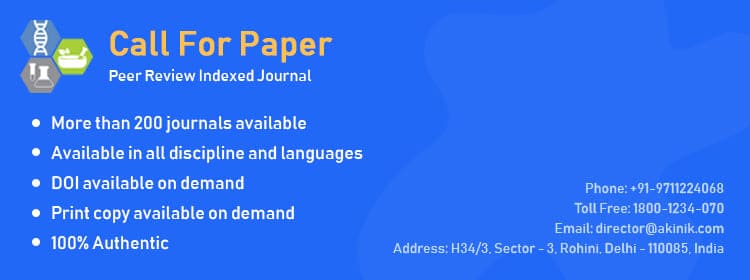

Yashaswini KP and SM Prasanna
Efficient nutrient management is critical for enhancing both the productivity and nutritional quality of tomato (Solanum lycopersicum L.), a crop that requires balanced supplies of both primary and secondary nutrients. While nitrogen plays a central role in plant growth, its form and delivery method can significantly influence the uptake of secondary nutrients such as calcium (Ca), magnesium (Mg) and sulphur (S). This study evaluated the effect of nano urea and conventional urea, applied under different nitrogen regimes (100%, 75% and 50% RDN), on the accumulation of Ca, Mg and S in tomato leaves and fruits. Twelve treatment combinations involving basal and foliar applications of conventional urea and nano urea (2 ml L⁻¹) at 30 and 45 days after transplanting (DAT) were compared. Results revealed that the treatment receiving 100% RDN with nano urea applied at both 30 and 45 DAT (T4) recorded the highest concentrations of secondary nutrients, especially sulphur (0.64% in leaves, 0.17% in fruits), followed by treatments T2 and T8, which also included nano urea applications. Although Ca and Mg contents did not show statistically significant differences among treatments, their levels trended higher in nano urea-inclusive treatments. The enhanced nutrient status under nano urea treatments is attributed to its high foliar absorption efficiency, controlled nitrogen release and its role in stimulating root activity and nutrient translocation. Overall, the findings suggest that nano urea, particularly when integrated with conventional nitrogen fertilizer under full RDN, can improve secondary nutrient uptake in tomato. While nano urea cannot fully compensate for reduced nitrogen levels, it functions effectively as a supplementary input that enhances nutrient efficiency and fruit nutritional quality. This highlights its potential in developing sustainable and precision-based fertilizer strategies in horticultural crop production.
Pages: 22-25 | 599 Views 165 Downloads
